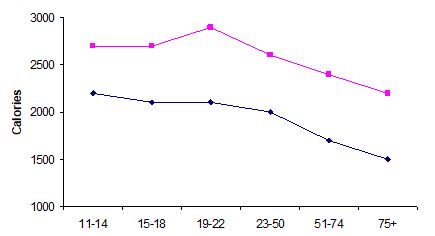Explain the difference between anatomic and physiological dead space
Within the conducting airways, no gas exchange in and out of the body occurs; this makes up the anatomic dead space volume of the lung. The section made up of the deeper airways of the lung continues to divide into smaller and smaller tubes. Because the conducting airways transfer the air only from the mouth to the respiratory zone, part of the tidal volume does not reach the gas exchange areas of the lung and, therefore, does not take part in gas exchange; it is identified as the anatomic dead space.
Some of the fresh air reaching the alveoli are not perfused, or are poorly perfused, by the blood carried in the lung's network of capillaries. These alveoli will not be able to exchange alveolar gas with the blood and are identified as additional dead space. The physiological dead space is the addition of dead space added to the anatomic dead space, and is therefore larger than the anatomic dead space.
You might also like to view...
The double-broken-line graph below shows the number of Calories per day that should be consumed by women and men in various age groups. Men should consume more Calories than women. People of what age and gender have the highest recommended number of Calories?

A) Women ages 19-22
B) Men ages 19-22
C) Men ages 75+
D) Women ages 75+
E) Women ages 11-14
An order calls for 800 mg of ibuprofen and you have tablets that contain 200 mg of ibuprofen. If you use the basic method, what is Q?
a. total number of capsules b. one tablet c. 200 mg d. 800 mg
The medical assistant identifies that the patient has a bluish color to his lips and fingers. This should be documented as: ________.
Fill in the blank(s) with the appropriate word(s).
People with android fat distribution carry more fat around their
A) hips. B) arms. C) thighs. D) stomach.